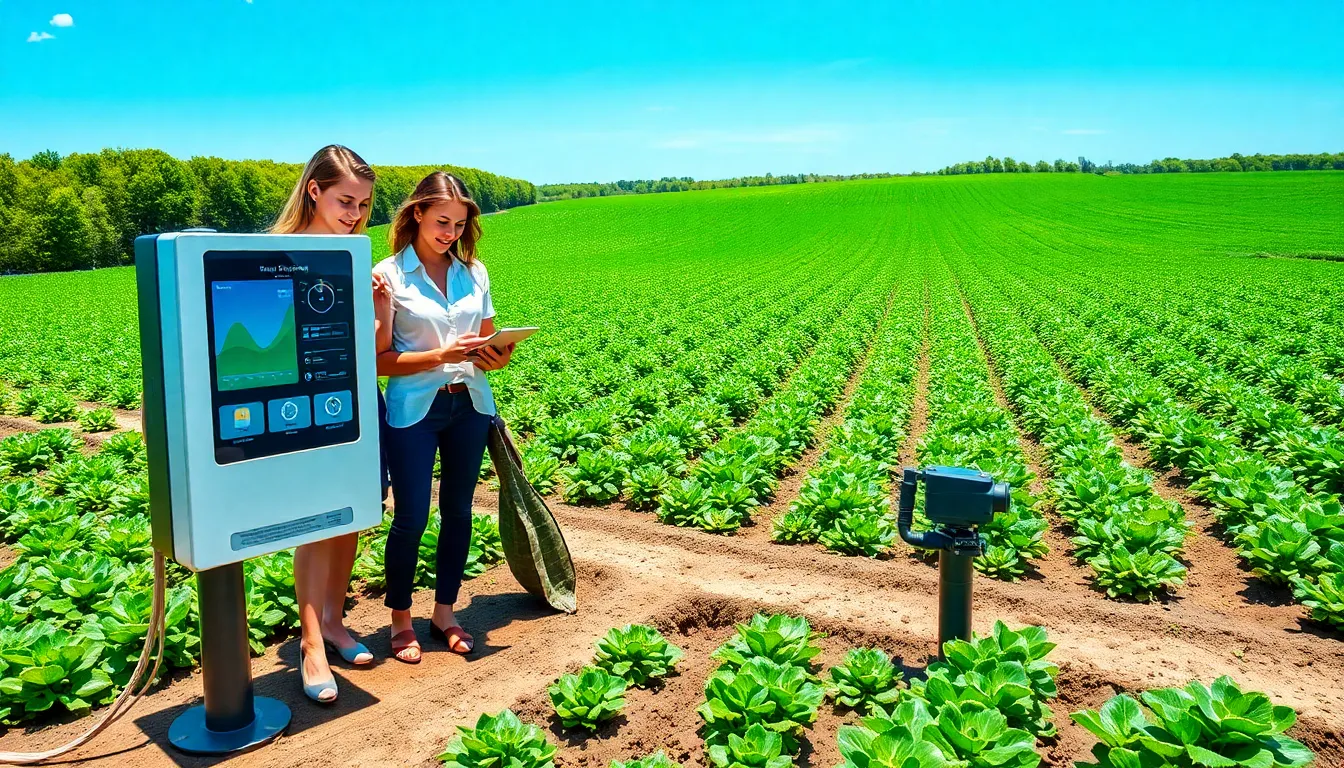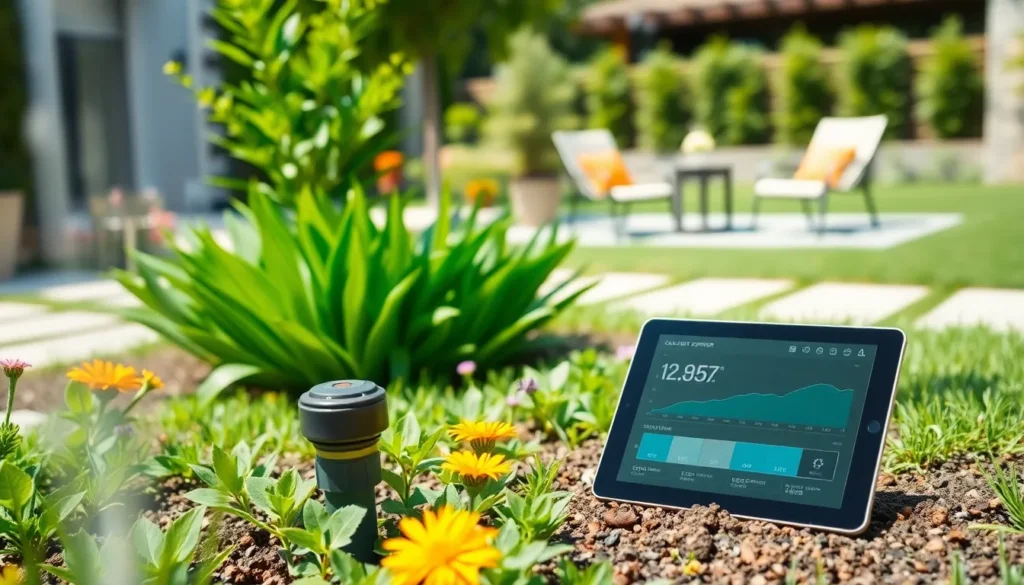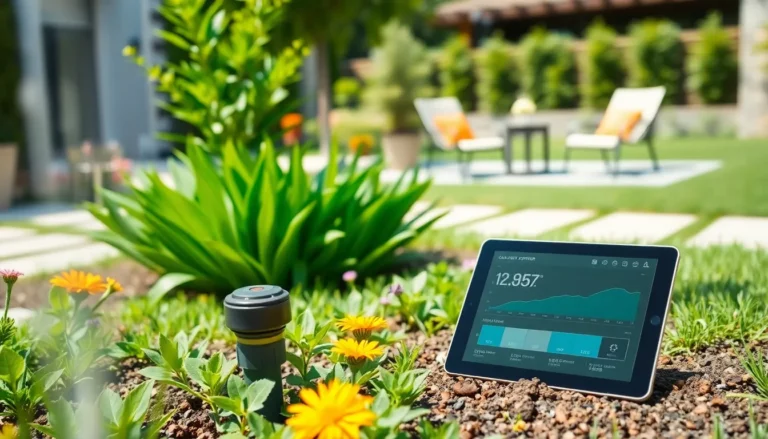Table of Contents
ToggleImagine a world where your garden waters itself, and your lawn knows just how much moisture it needs, without requiring a fortune in utility bills or a PhD in hydrology. Welcome to the future of gardening, where smart irrigation systems are transforming the way we care for greenery. In this text, we’ll jump into why harnessing technology is not just a smart choice, it’s essential for sustainability. Get ready to learn why ignoring smart irrigation might just be the craziest thing since putting pineapple on pizza.
What Is Smart Irrigation?

Smart irrigation refers to advanced technology used for managing water application in landscapes and agricultural fields. Unlike traditional systems that operate on a set schedule, smart irrigation adjusts water delivery based on specific conditions. This may include soil moisture levels, weather forecasts, and even plant needs. The goal is simple: to optimize water use while promoting healthy plant growth. These systems can be fully automated and controlled remotely, bringing a new level of convenience and efficiency to watering needs.
Benefits of Smart Irrigation
The benefits of adopting smart irrigation technology are numerous and impactful. First and foremost, it conserves water, a precious resource. Traditional irrigation methods can waste up to 50% of water due to evaporation, runoff, or overwatering. Smart systems mitigate this waste by delivering precise amounts based on real-time data.
Also, smart irrigation leads to healthier plants. With just the right amount of water, plants are less stressed and show improved growth. Also, these systems save homeowners time and effort by automating the watering process. What could be better than lounging with a book while your garden is automatically watered? Plus, they can lead to significant cost savings on water bills, making the investment pay off in the long run.
Types of Smart Irrigation Technologies
Several technologies fall under the umbrella of smart irrigation. These include:
- Soil Moisture Sensors: These devices measure the moisture level in the soil. They communicate directly with the irrigation system to determine when to activate.
- Weather-based Controllers: These systems use local weather data to adjust watering schedules based on rainfall and forecasted temperatures.
- Drip Irrigation: This precision technique delivers water directly to the root zone through a network of tubes and emitters, minimizing waste.
- Smart Sprinkler Systems: Modern sprinklers can be programmed or remotely controlled through smartphones, allowing for easy adjustments based on current needs.
Each technology works differently, but they all aim to achieve the same goal: efficient water use.
Implementing Smart Irrigation in Residential Areas
When considering smart irrigation for residential areas, the process generally begins with an assessment of the landscape’s needs. Homeowners should analyze soil types, plant species, and existing irrigation systems.
Steps to Implementing Smart Irrigation include:
- Researching Your Options: Understanding the various technology options available is crucial. There are many products on the market tailored for different user needs and gardens.
- Consulting Professionals: Hiring an expert can help customize the system for your specific conditions, enhancing effectiveness.
- Monitoring Performance: After installation, it’s important to monitor the irrigation performance. Collecting data on water usage and plant health will allow for continual improvement and adjustments.
The benefits of optimized watering will soon become clear with each passing season.
Challenges and Considerations
While smart irrigation offers many advantages, it’s not without its challenges. Initial setup costs might deter some homeowners, as quality systems can be expensive. Also, technology can be intimidating for those who are not tech-savvy. If systems are not correctly programmed, they could lead to overwatering, negating the benefits.
Finally, there might be limitations based on local regulations and water availability. Understanding regional water management policies is essential before making the switch. Planning for these challenges will lead to more successful implementations.
Future Trends in Smart Irrigation
Looking ahead, the future of smart irrigation appears bright. As technology continues to evolve, we can expect even more advanced features. Artificial intelligence could play a crucial role, with systems learning individual garden needs to optimize water usage further.
Also, the integration of smart home ecosystems will allow seamless communication between various devices. Picture this: sensors in your garden alerting your home assistant to adjust the sprinkler automatically whenever rain is forecast. It all sounds futuristic, but this is the trajectory we’re on. More widespread adoption may also lead to innovations in community irrigation projects, promoting larger-scale conservation efforts.







